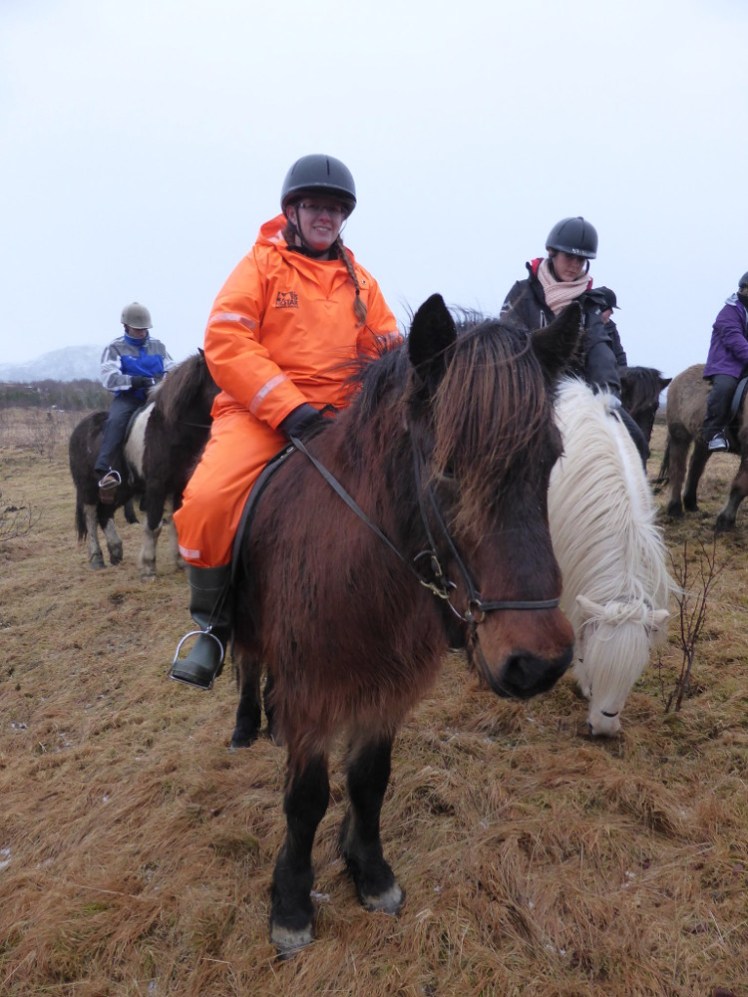What do Icelanders wear? Knitted Icelandic jumpers with a pretty ring pattern around the neck!
These things, these traditional Icelandic jumpers, are called lopapeysas, known for short as the lopi (although strictly speaking, lopi is just the wool). It’s oh-so-traditional, dating back to somewhere around the early-to-mid 20th century. That’s less than one hundred years. Or to put it another way, it’s not traditional, not really. Allegedly it came into being because Iceland began importing clothes and blankets and stuff, made of modern fibres and suddenly found themselves with a lot of wool to use up.

The “traditional” lopi is merely a jumper made of Icelandic wool. This wool comes from sheep which were brought to Iceland by the Vikings. We all know about how no horses are allowed into Iceland anymore, to prevent foreign diseases get a foothold and to make sure the Viking bloodlines aren’t diluted. But sheep also don’t come into Iceland. They don’t need to. There’s thousands of the things. You think Iceland eats fish. It doesn’t. It eats lamb. But lots of sheep generate a lot of wool and this is the kind of wool that can keep a sheep warm in a North Atlantic winter. It has two layers – the inner layer is soft and fluffy and really good for warmth while the outer layers are longer, waterproof and tough. They’re also allegedly “glossy” but I’ve seen sheep in Iceland and “glossy” is not the word I’d use.

I’m not entirely sure that the lopis you buy in the tourist shops are actually made of real Icelandic wool. A real wool hand-knitted lopi is going to be expensive. You absolutely don’t have to buy the real wool hand-knitted type, of course. You don’t even have to buy it in Iceland. I own a lopi-style jumper that I bought in Primark because Christmas jumpers have become a thing and UK eyes see a lot of Scandi-Nordic things like Icelandic jumpers as inherently Christmassy. FYI, my actual Christmas jumper is a brown fleece hoodie in the shape of a Christmas pudding.
So, what do Icelanders wear, if not the not-so-traditional lopi? The majority just wear clothes, ordinary unremarkable clothes. They’re probably more prone to water- and windproof and warm clothes than many other parts of the world but generally they’ll just wear ordinary clothes.
People working in the outdoors – ranging from the fishing industry to your Golden Circle tour guide – will almost definitely be clad head-to-foot in one of Iceland’s outdoors brands. 66° North and Cintamani are the two you’ll see most, followed by Icewear. I love this stuff. Cintamani is a little more exciting, somehow and I love their stretchy mittens enough that they got their own post. 66° North makes a lot of custom stuff for tourist companies and has some truly apocalypse-proof outer layers.

And then they’ll take off those glorious outer layers and more often than not, reveal a grey or brown lopi underneath.